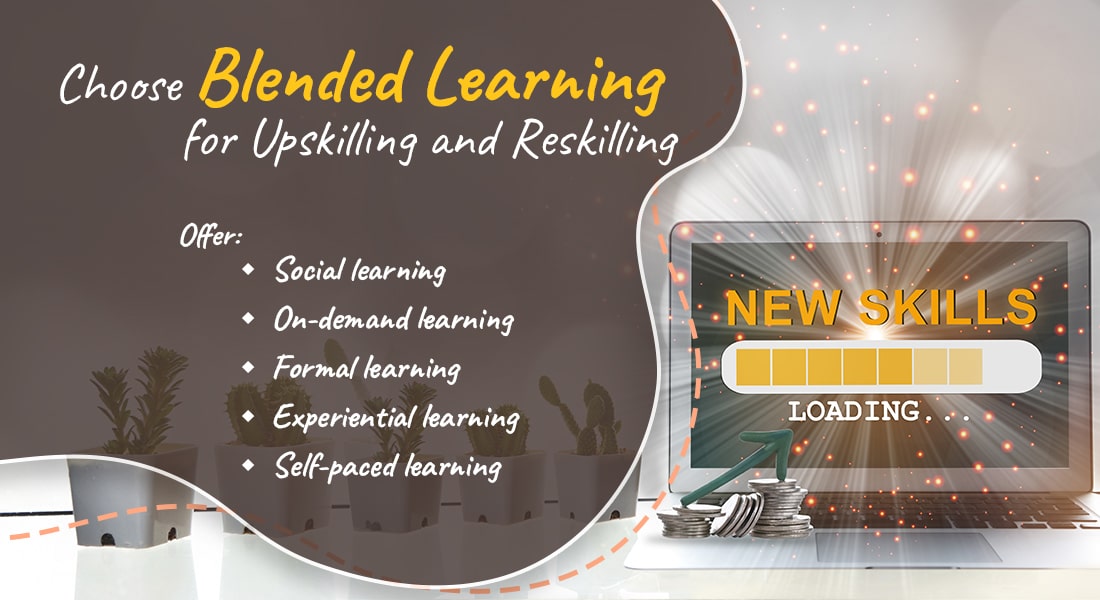5 Benefits of Blended Learning That Will Transform Your Corporate Training [Video]
![5 Benefits of Blended Learning That Will Transform Your Corporate Training [Video] 5 Benefits of Blended Learning That Will Transform Your Corporate Training [Video]](https://blog.commlabindia.com/hubfs/Imported_Blog_Media/blended-learning-benefits-corporate-training-video.jpg)
Let’s face it, cultivating a constant and lifetime learning culture in your company is a difficult endeavor that comes with many obstacles. Blended learning can make it easy for you. Blended learning is one of the most popular approaches to nurture and support a workforce that enjoys learning.
The possibility of effective learning is enhanced when your staff gets the best of both traditional learning methods and the flexibility of online training forms. A well-planned blended learning strategy can help your employees become more motivated and engaged by using a variety of learning approaches. It also results in increased productivity.
Here’s how blended learning can help your employees perform better.
What is Blended Learning?
Blended learning blends the individualized attention of conventional face-to-face training with the convenience of online training. It employs technology to enhance classroom sessions, improve employee learning, and improves performance by allowing employees to practice and apply concepts acquired in the classroom. Let’s take a closer look at blended learning.
Blended learning solutions are a mix of the following:
1. Classroom training
Classroom training is the traditional learning model, which includes Instructor-Led Training (ILT) and Virtual Instructor-Led Training (VILT), in which learners engage with the instructor/facilitator as well as other learners.
2. eLearning
With eLearning courses, learners learn outside of the classroom, leveraging the Internet and multiple devices. Simulations, case studies, and scenarios can be used in eLearning.
3. Digital resources
PDFs, eBooks, infographics, videos are all examples of digital resources that can be used in blended learning – for performance support or just-in-time training.
4. Microlearning
In microlearning knowledge/skills are delivered in small chunks, through audio and visual resources like podcasts, videos, infographics, interactive PDFs and many more.
5. Mobile Learning
Mobile learning is a contemporary online learning trend in which learners can access training and learn on their mobile devices on the go from anywhere.
Do you want to learn more about blended learning and how it can help you accomplish your company’s training needs? In this video, you’ll learn five ways blended learning can benefit corporate training.
Parting Thoughts!
Blended learning combines the advantages of both traditional classroom and online learning. It lets learners learn through their preferred formats and addresses various learning styles. Most importantly, blended learning must be aligned with your organization’s goals and performance-based learning objectives, to address learners’ performance gaps.
Check this free eBook, “Blended Learning: A Guide to Boost Employee Performance,” for additional insights about blended learning and how to use it to improve your employees’ performance.



![4 Reasons Why Blended Learning Can Change the Game [VIDEO]](https://blog.commlabindia.com/hubfs/Imported_Blog_Media/4-Reasons-Why-Blended-Learning-Can-Change-the-Game.jpg)

